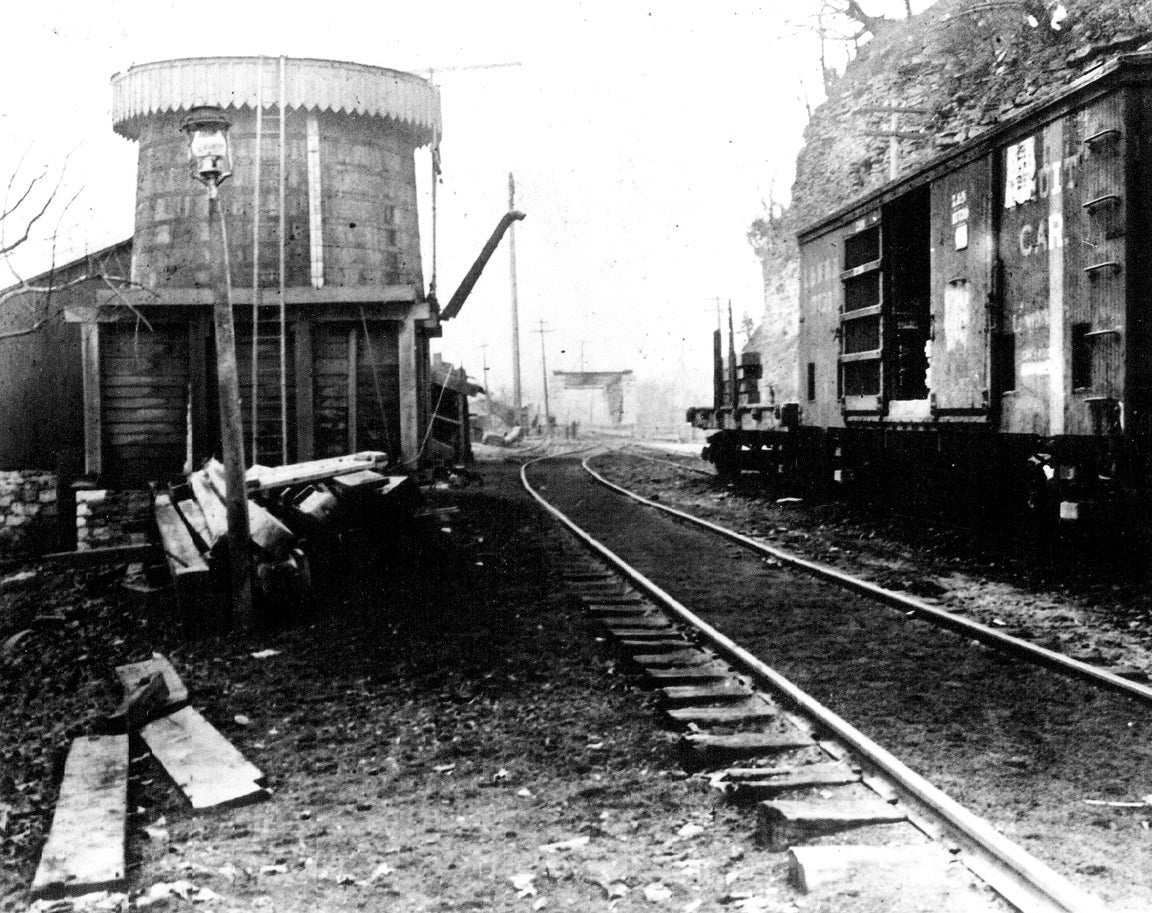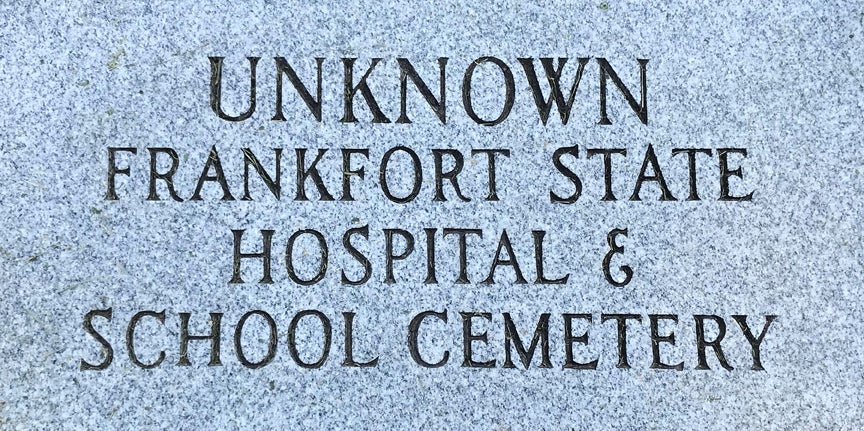In 1803, France offered to sell to the United States the land it controlled west of The Mississippi River. This land had recently been acquired from Spain. President Thomas Jefferson, upon being informed by France that it was willing to sell what has become known as the Louisiana Purchase, immediately began to seek a way to purchase the land offered.
Jefferson, who viewed the U.S. Constitution as the document that defined the role of the Federal government, was in a quandary, as the Constitution did not provide for the expansion of the boundaries of the United States. Jefferson, who had always looked to the Constitution to guide his term of office as President, considered calling a Constitutional Convention to amend the Constitution; however, he quickly realized that the workings of a Constitutional Convention would take months and the fleeting chance to purchase the lands west of the Mississippi River from France would be lost.
As a result of this realization, Jefferson re-examined the Constitution and, while it did not provide for the expansion of the size of the United States, neither did it prohibit. He therefore decided to treat the proposed land purchase as nothing more than a treaty between the United States and France.
Treaties between the United States and another country had to be submitted to the U.S. Senate for approval. Up to this point in United States history Presidents had stood aloft from introduction of legislation in Congress. To move the land purchase forward, Jefferson had to have the treaty introduced in Congress. He therefore looked around for some senators whose interests were aligned with Jefferson’s desire to purchase the lands west of the Mississippi River. He found these men among two senators from Kentucky, John Brown and John Breckinridge.
Senator Brown had built his home, Liberty Hall, on Wapping Street in Frankfort in 1798. He was elected to the U.S. House of Representatives from Virginia in 1789 and to the U.S. Senate from Kentucky in 1792. He had three political goals: statehood for Kentucky, opening the port of New Orleans for free use by Kentuckians and protection of the Commonwealth from attacks by American Indians. Brown had successfully helped guide Kentucky to statehood. He now concentrated on his other two goals: opening the Mississippi River to free trade and removal of the Indian threat.
The purchase of the lands west of the Mississippi River from France would accomplish both of the remaining two political goals Senator Brown had set for himself. By purchasing the lands west of the Mississippi River, the United States would incorporate both the Mississippi River and New Orleans into its territory, thus providing a waterway open to the oceans of the world. Ownership of the lands west of the Mississippi River would also provide the United States with lands to relocate the Indian tribes living north of the Ohio River. This removal of the Indian tribes of the then Northwest Territory to lands beyond the Mississippi River would lessen the possibility of British supported Indian attacks on Kentucky.
While Senator Breckinridge exercised the leadership within the Senate to gain support for passage of legislation to purchase what became the Louisiana Purchase, John Brown was an ardent supporter of the legislation. The treaty passed the Senate by a vote of 24 to 7 on Oct. 20, 1803, and shortly thereafter became the law of the land with President Jefferson’s signature. The addition of the Louisiana Purchase lands to the United States set in motion the idea of Manifest Destiny, that the lands of the United States would stretch from the Atlantic Ocean to the Pacific Ocean.
The Louisiana Purchase is said to have been the first act, or one of the first acts, that began the process of elevating the United States to the world power it is today. The Louisiana Purchase was made possible by the leadership that Senator John Brown of Frankfort provided in the U.S. Senate that helped enact the legislation necessary for the purchase to become the law of the land.









